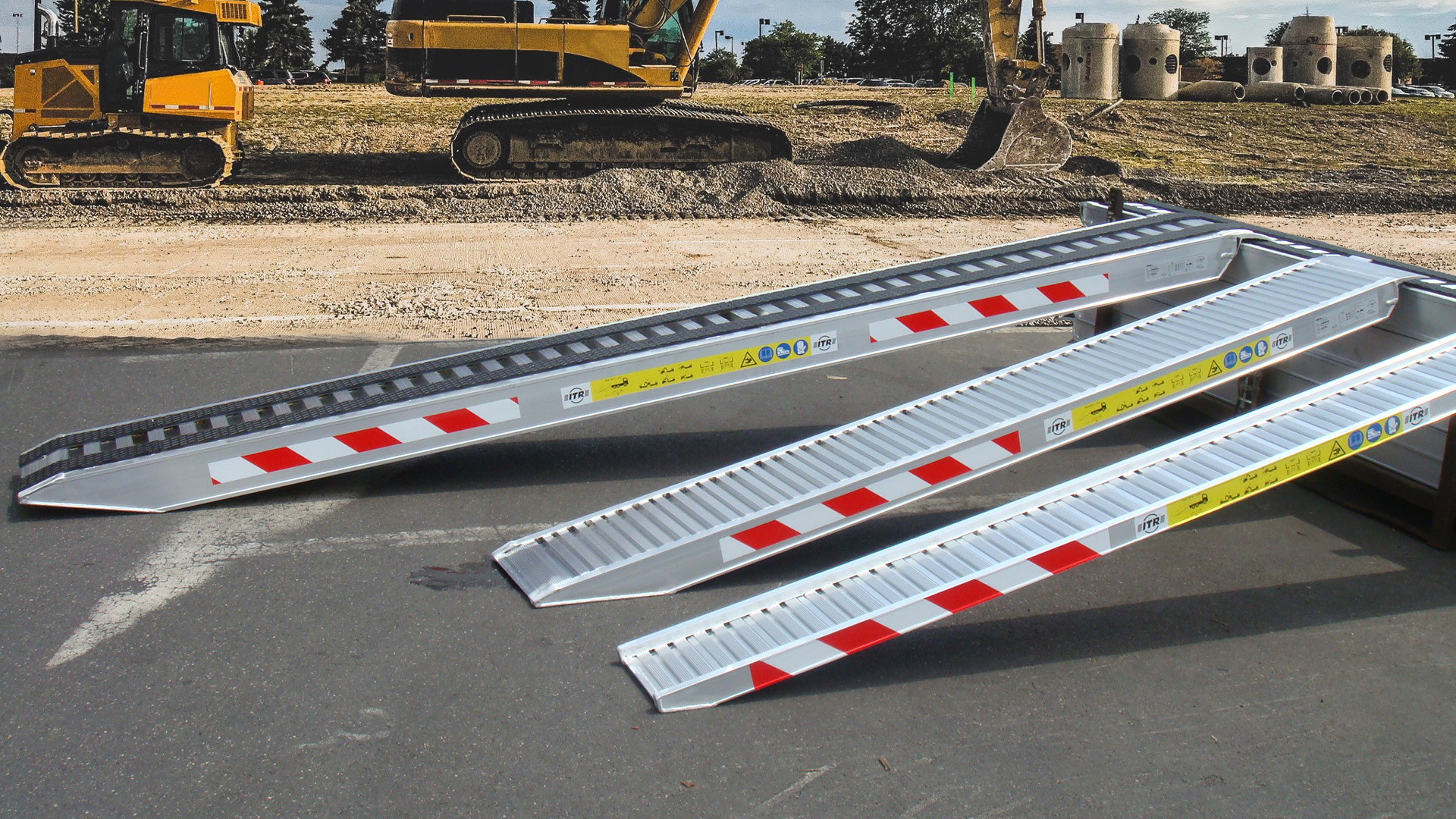Excavators are critical in industries like construction, mining, and landscaping, where reliable performance is essential. One of the most vital components of these machines is their excavator tracks. Choosing the right tracks and maintaining them properly can significantly impact productivity, machine longevity, and operating costs. In 2025, advancements in undercarriage parts, excavator parts, and rubber tracks are set to enhance efficiency further.
In this blog, we’ll explore the different types of excavator tracks, the importance of quality materials, and essential tips for maintenance. Whether you're using rubber excavator tracks or steel tracks, staying informed will keep your equipment performing at its best.
Types of Excavator Tracks
Choosing the right excavator tracks depends on your machine’s application and working environment. Here's a breakdown of the main types:
1. Rubber Tracks
Rubber tracks are versatile and ideal for a variety of applications, including urban construction and landscaping.
Key Benefits of Rubber Tracks:
- Reduced Surface Damage: Perfect for delicate surfaces like asphalt or concrete.
- Flexibility and Comfort: Provide smoother operation and reduce vibrations.
- Noise Reduction: Operate more quietly compared to steel tracks.
Best Use Cases:
- Residential construction
- Landscaping projects
- Utility work in urban environments
2. Steel Tracks
Steel tracks are designed for durability and performance in rugged conditions.
Key Benefits of Steel Tracks:
- High Durability: Resistant to cuts and punctures, making them suitable for abrasive environments.
- Superior Traction: Ideal for uneven, muddy, or rocky terrain.
- Long Lifespan: Withstands heavy loads and tough applications.
Best Use Cases:
- Mining operations
- Heavy-duty construction
- Forestry and demolition work
Importance of Quality Excavator Tracks
Investing in high-quality excavator tracks and undercarriage parts can significantly reduce downtime and maintenance costs. Here’s why quality matters:
1. Enhanced Durability
Tracks from reputable manufacturers like ITR Pacific are designed to endure tough conditions. Quality rubber tracks and steel tracks resist wear, punctures, and tears, ensuring longer service life.
2. Improved Efficiency
Tracks that offer better traction and stability improve the excavator’s performance. High-quality rubber excavator tracks reduce slippage, allowing operators to complete tasks more efficiently.
3. Cost Savings
While cheaper tracks might seem appealing, they often wear out faster. Investing in durable excavator parts reduces the need for frequent replacements and minimises operational downtime.
Essential Excavator Track Maintenance Tips
Proper maintenance of your excavator tracks is crucial for maximising their lifespan. Here are some practical tips:
1. Regular Inspections
Frequent inspections can help identify issues early. Look for signs of wear, including:
- Cracks or Tears in rubber tracks
- Bent or Missing Grousers on steel tracks
- Loose Track Tension causing misalignment
2. Check Track Tension
Incorrect track tension can lead to premature wear or, more commonly, failure.
- Too Loose: Tracks may slip or derail.
- Too Tight: Excessive tension can strain undercarriage parts or lead to tracks failing.
Follow the manufacturer’s guidelines for optimal tension.
3. Clean Tracks After Use
Dirt, mud, and debris can accelerate wear on excavator tracks and other undercarriage parts. After each use:
- Remove Debris: Clean tracks thoroughly, especially after working in muddy conditions.
- Inspect for Damage: Check for foreign objects lodged in the tracks.
Rubber Tracks vs. Steel Tracks: Which Should You Choose?
When choosing between rubber or steel tracks, consider your machine’s primary use and operating environment.
|
Feature |
Rubber Tracks |
Steel Tracks |
|
Durability |
Flexible, resistant to surface damage |
Extremely durable, suited for rough terrain |
|
Noise Level |
Quiet operation |
Noisier due to metal-on-metal contact |
|
Surface Impact |
Minimal damage to delicate surfaces |
Can damage asphalt or concrete |
|
Best Applications |
Urban construction, landscaping, and utility work |
Mining, demolition, forestry, and heavy-duty tasks |
When to Replace Excavator Tracks
Knowing when to replace your excavator tracks is essential for avoiding costly downtime. Here are key signs it’s time for a replacement:
- Cracking or Splitting: Rubber tracks with visible cracks or splits need immediate replacement.
- Excessive Wear: Worn tread patterns reduce traction and efficiency.
- Track Misalignment: Persistent misalignment may indicate worn undercarriage parts.
- Loss of Tension: Tracks that frequently slip or derail signal that the tracks or excavator parts need attention.
Why Choose ITR Pacific for Excavator Tracks and Undercarriage Parts?
ITR Pacific is a trusted supplier of premium excavator parts, including rubber tracks, undercarriage parts, and cutting edges. Their products are designed for durability, performance, and reliability.
Benefits of Choosing ITR Pacific:
- High-Quality Materials: Tracks and parts designed to withstand Australia’s toughest conditions.
- Wide Range: From rubber excavator tracks to steel tracks and cutting edges, ITR Pacific has everything you need.
- Expert Support: Knowledgeable staff to help you choose the right parts for your machine.
Conclusion: Maximising Performance with Quality Excavator Tracks
Investing in high-quality excavator tracks and maintaining them properly is key to achieving long-term efficiency and cost savings. Whether you need rubber tracks, undercarriage parts, or cutting edges, choosing reliable suppliers like ITR Pacific ensures your equipment operates at peak performance.
Stay ahead in 2025 by prioritising quality tracks and proactive maintenance. Your excavator—and your bottom line—will thank you.

